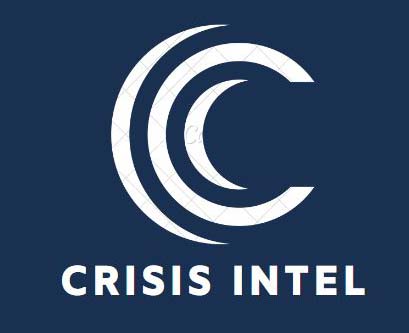Cybersecurity and
Information Assurance
Cyber Threat Landscape:
This segment provides an overview of the evolving cyber threat landscape and the various types of cyber threats faced by organizations and governments. It includes:
- Cybercrime: Discussing the rise of cybercrime activities, such as hacking, identity theft, financial fraud, and ransomware attacks, and their impact on individuals, businesses, and government entities.
- Data Breaches: Exploring incidents of data breaches where sensitive information is compromised or stolen, leading to potential privacy violations and financial losses.
- State-Sponsored Cyber Espionage: Discussing cyberattacks and espionage conducted by nation-states to gain unauthorized access to sensitive information or disrupt critical infrastructure.


Cyber Defense Strategies:
This segment focuses on cybersecurity frameworks, incident response procedures, and best practices for protecting critical networks and information systems. It includes:
- Cybersecurity Frameworks: Exploring established frameworks, such as the NIST Cybersecurity Framework, that provide guidelines for identifying, protecting, detecting, responding to, and recovering from cyber threats.
- Incident Response Procedures: Discussing the importance of incident response plans and procedures to effectively respond to and recover from cyber incidents, including steps such as incident identification, containment, eradication, and post-incident analysis.
- Best Practices: Highlighting cybersecurity best practices, such as strong access controls, employee training and awareness, regular system updates and patch management, encryption, and network segmentation.
Public-Private Partnerships:
This segment emphasizes the importance of collaboration between government agencies, private sector entities, and cybersecurity organizations to address cyber threats. Key points include:
- Information Sharing: Highlighting the exchange of threat intelligence, indicators of compromise (IOCs), and best practices between government and private sector entities to improve collective cyber defenses.
- Collaborative Initiatives: Discussing joint initiatives and partnerships between public and private entities, such as information sharing forums, cybersecurity task forces, and collaborative research and development projects.
- Cybersecurity Awareness and Education: Emphasizing the need for public-private partnerships in promoting cybersecurity awareness and education, both among organizations and the general public.

